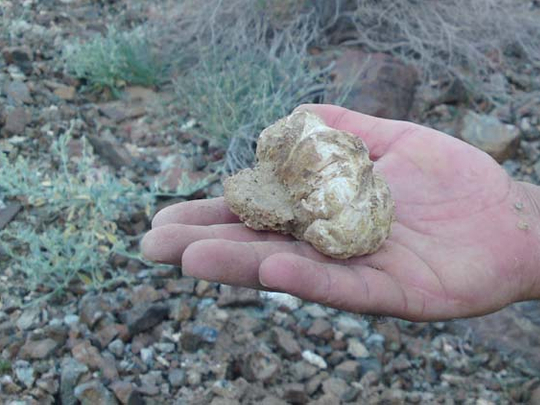
Muscat: A massive research project, on the growth of fungi, is being carried out in Oman.
Two researchers from the Crop Sciences Department of Sultan Qaboos University (SQU), Dr Mike Deadman and Dr Abdullah Al Sadi, have embarked on collaborative research to characterise and conserve the fungal biodiversity of Oman.
"Around 1,200 native plants are found in Oman. Considering the average plant-fungus ratio worldwide is 1:6, it’s estimated that at least 7,200 fungal species could be indigenous to Oman," said Dr Deadman.
"At the moment we know about approximately 100 of them. But, in terms of information on fungal biodiversity, Oman's position is close to the bottom among the Middle Eastern nations, whereas countries like Turkey, Iran and Jordan know much more about their native fungal flora."
The researchers say the study is important as fungi are one of the most diverse groups of organisms on the planet.
Dr Deadman, an Associate Professor in the Department of Crop Sciences of the College of Agricultural and Marine Sciences, explained they are vitally important for the growth of most plants, including crops, because of associations between the fungi and the roots of the plants. But they can also be extremely dangerous, causing disease and death or reduced fitness, he said.
Penicillin, perhaps the most famous of all antibiotic drugs, was first derived from a fungus. Other fungi also produce antibiotic substances, which are now widely used or have been synthesised to produce drugs to control diseases in the human and animal populations.
However, Dr Deadman cautioned that they can also cause negative consequences for crop production. "Fungal diseases can, on occasion, result in the loss of entire crops if they are not managed correctly," he said. There are also instances of harmful fungi jumping from native plants to cultivated plants.
Commenting on the research venture, the doctor said only a fraction of the total fungi of Oman has been subjected to scientific investigation.
The flora of Oman contains many endemic species, varieties not found anywhere else in the world. It's likely, therefore, that the native fungi of Oman are similarly restricted to this country.
"The flora of Oman represent a fantastic opportunity to study the biodiversity of fungi associated with such a unique collection of plants," Dr Deadman said, adding that the research would also give them the opportunity to educate the public about the benefits and dangers of fungi.











